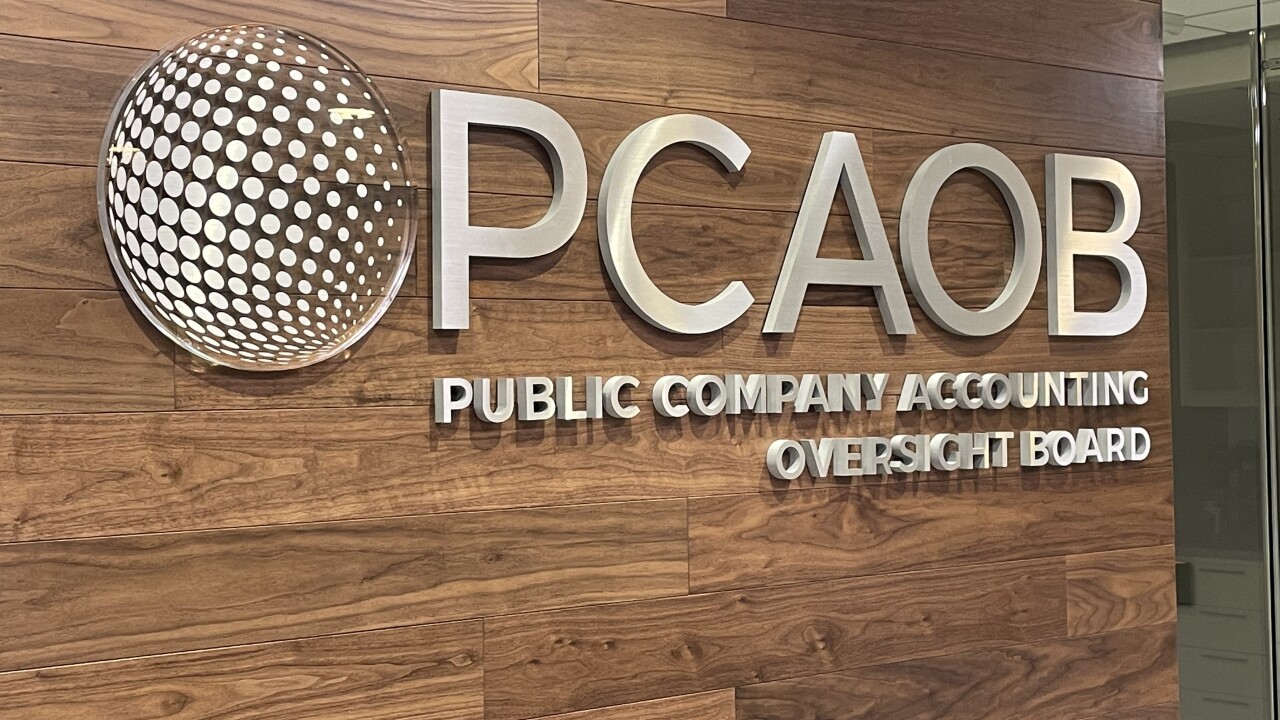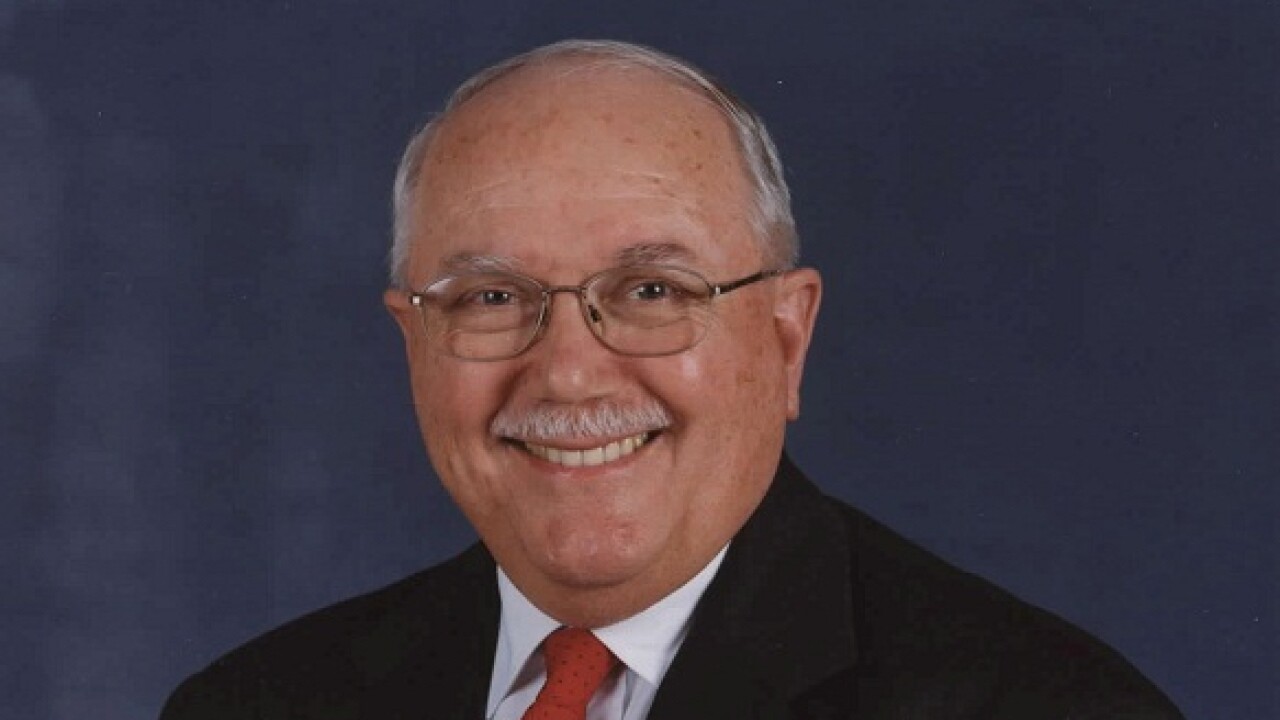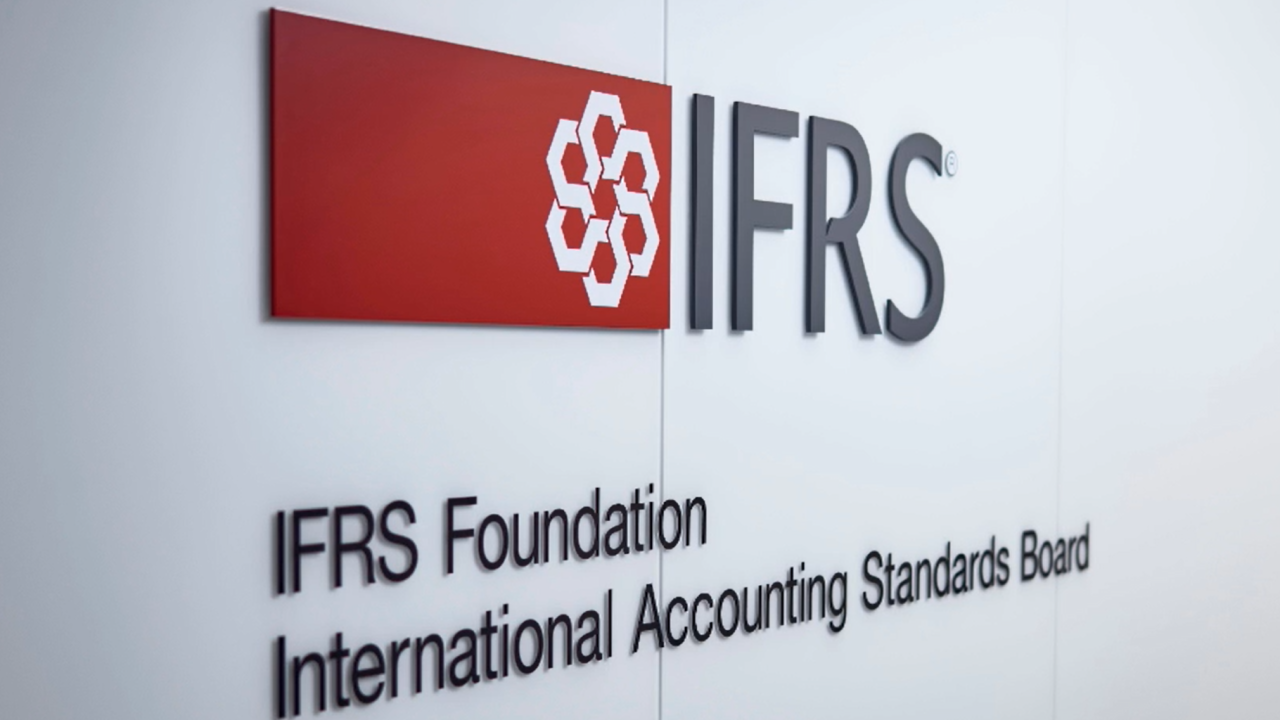When you're in a leadership role — especially in an accounting firm — high-pressure decisions come with the territory. Clients expect quick answers. Staff look to you for clarity. And the pace of the business doesn't exactly slow down to give you space to think.
The problem is, under pressure, our decision-making tends to get reactive rather than strategic. Leaders who normally lead with vision and clarity can end up making rushed calls, calls that may feel necessary in the moment but that cause ripples that erode trust, waste resources, or weaken the firm's foundation over time.
There's a difference between moving quickly and moving wisely. What's often missing is a reliable method to pause, think clearly, and act with intention — even when time feels scarce.
What pressure does to decision-making
When people are under pressure, the brain
I've seen firm leaders react to revenue drops by immediately restructuring without consulting department heads. Staff morale plummets. Key projects lose momentum. The intention was good, but the rushed approach damaged trust across the team.

Once you understand this pattern, you can start to interrupt it.
Psychologist Daniel Kahneman describes
The key is learning to switch gears when you need to. In stressful moments, we default to instinct. But you can train yourself to move into analytical thinking through simple techniques:
- Take three deep breaths before responding to a crisis email.
- Slow down your speech when tensions are high.
- Ask one clarifying question out loud before making your decision.
I worked with one managing partner who started ending heated discussions by saying, "This is important enough that I want to think about it for 10 minutes before we decide." That simple phrase
Over time, these small practices increase your ability to stay calm and focused, even when the stakes are high.
Building a culture that supports better decisions
Strong decision-making is easier when your firm culture supports it. The best firms I work with allow space to pause, and they're more resilient, not slower, because of it.
This starts with you modeling the behavior. When you pause before reacting, you show your team that pressure doesn't have to rush the process. You also create psychological safety. When people know they won't be penalized for saying, "Let me think about that and get back to you," they're more likely to make thoughtful contributions.
You don't need a new system or formal process. Try these small shifts:
- In meetings, pause before weighing in — especially when the topic is heated. Your silence gives others permission to think before speaking, too.
- When someone brings you a problem, ask what options they've already considered before offering your own solution. This develops their decision-making skills while giving you better information.
- Share stories of decisions you've delayed, including how that delay helped. This normalizes the practice and shows its value.
These micro-behaviors signal that reflection isn't just allowed. It's expected.
Knowing when to take a beat
There's a belief in many firms that speed signals strength. But experienced leaders know that some of the most important decisions are the ones you hold off on, at least for a moment.
Strategic delay isn't indecision. It's recognizing when you need more information, perspective or input to make the best choice.
Here are three signs that a decision would benefit from a pause:
- Clarity is missing. If you can't clearly articulate the problem you're solving, it's worth stopping until you can. I've seen too many solutions implemented before anyone really understood what was broken.
- Emotions are running high. Whether it's frustration, fear or urgency, heightened emotions cloud judgment. A short delay allows those feelings to settle so you can see the situation more clearly.
- Key stakeholders haven't been heard. Decisions that affect people should involve them. If important voices are missing from the conversation, wait until you've gathered their input.
Delays don't have to be long. Sometimes stepping away for an hour — or even five minutes — is enough. You can build formal pause points into recurring decisions. Before approving major budget changes, require a 24-hour review period. For client escalations, hold a brief team check-in to gather perspectives. These small buffers prevent missteps and encourage shared ownership of outcomes.
Final thought
Leadership under pressure requires awareness, process and the willingness to pause, even briefly, to access a clearer perspective.
Not every decision needs to be made on the spot. The ones that matter most usually benefit from space, reflection and a return to your core priorities. When you learn to recognize pressure and respond with intention, you build stronger teams and better outcomes, without sacrificing speed where it actually matters.
What decisions are you rushing that might benefit from a pause? This week, try giving yourself permission to say, "Let me think about that" just once. Notice what changes — not just in the decision itself, but in how your team responds to that space you've created.





